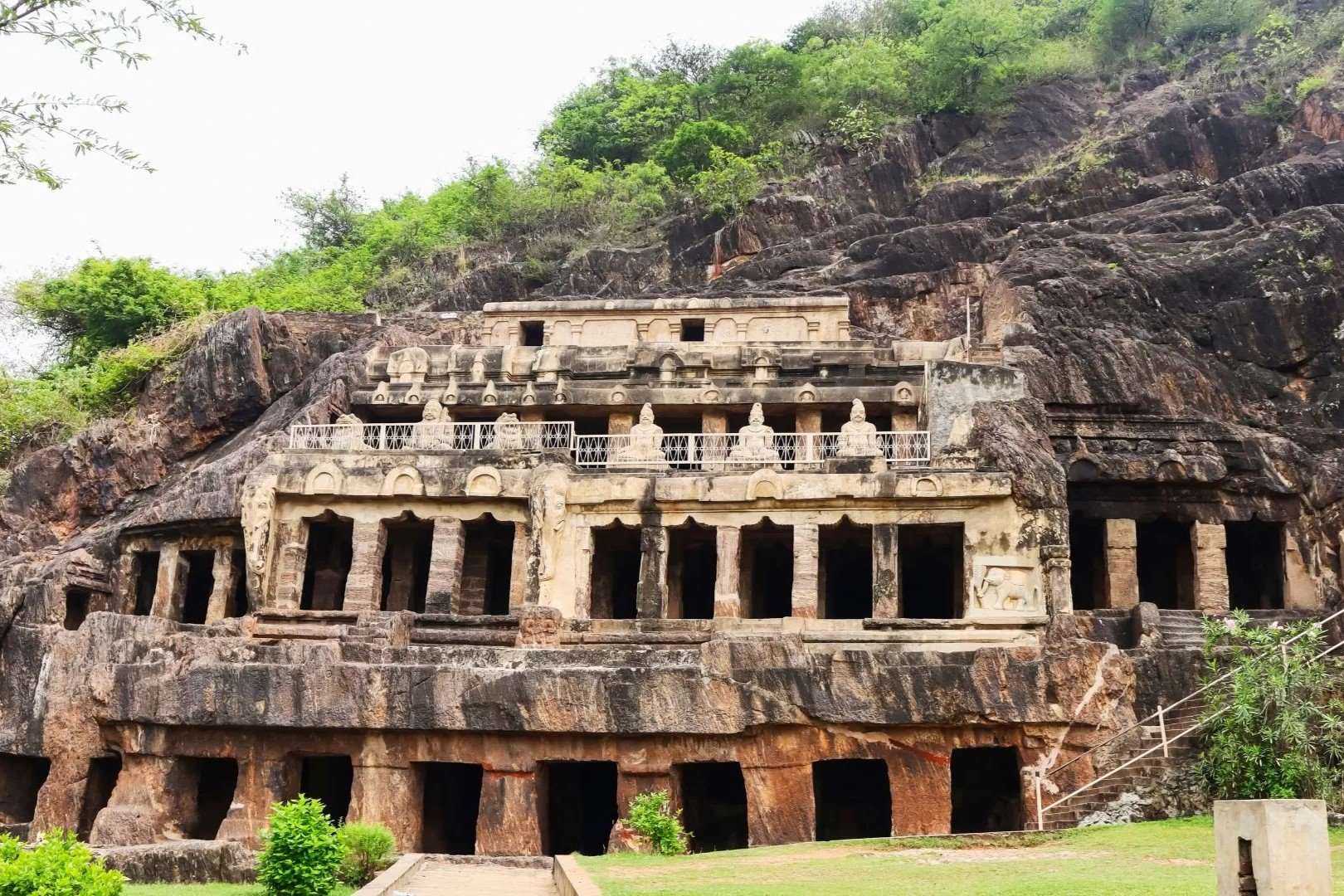
What made the Gupta Empire so special? The Gupta Empire, often hailed as the "Golden Age" of India, thrived between the 4th and 6th centuries CE. This period witnessed remarkable advancements in science, art, literature, and mathematics. Gupta rulers like Chandragupta I and Samudragupta expanded their territory through strategic alliances and conquests. Innovations such as the concept of zero and the decimal system emerged during this era. Cultural achievements included exquisite sculptures, intricate temples, and classical Sanskrit literature. The empire's stability fostered trade, leading to prosperity. Religious tolerance allowed Buddhism, Hinduism, and Jainism to flourish. Curious about more? Dive into these 18 intriguing facts about the Gupta Empire!
The Rise of the Gupta Empire
The Gupta Empire, which flourished in ancient India, is often referred to as the Golden Age of India. Let's dive into some fascinating facts about this remarkable period.
-
The Gupta Empire began around 320 CE when Chandragupta I ascended the throne. His reign marked the start of a powerful dynasty.
-
Chandragupta I married Kumaradevi, a princess from the Licchavi tribe. This alliance significantly strengthened his position and expanded his influence.
-
The empire's capital was Pataliputra, located near modern-day Patna in Bihar. It was a bustling city known for its grandeur and strategic importance.
Cultural Achievements
The Gupta period is renowned for its cultural and intellectual achievements. Here are some key highlights.
-
Kalidasa, one of India's greatest poets and playwrights, lived during this era. His works, like "Shakuntala" and "Meghaduta," are still celebrated today.
-
Aryabhata, a brilliant mathematician and astronomer, made significant contributions during this time. He proposed that the Earth rotates on its axis and calculated the value of pi.
-
The Gupta Empire saw the creation of the famous Ajanta and Ellora caves. These rock-cut temples and monasteries are masterpieces of ancient Indian art.
Economic Prosperity
The Gupta Empire experienced remarkable economic growth and prosperity. Let's explore some aspects of their economy.
-
Trade flourished during the Gupta period, with merchants trading goods like silk, spices, and precious stones with regions as far as the Roman Empire and Southeast Asia.
-
The Gupta rulers issued gold coins called dinars, which were of high purity and widely accepted in trade. These coins often featured images of the rulers and Hindu deities.
-
Agriculture was the backbone of the economy. The fertile Gangetic plains allowed for the cultivation of rice, wheat, sugarcane, and other crops, ensuring food security and surplus.
Scientific and Technological Advancements
The Gupta period was marked by significant advancements in science and technology. Here are some notable achievements.
-
The concept of zero as a number was first recorded during this era. Indian mathematicians made groundbreaking contributions to arithmetic and algebra.
-
The Gupta period saw the development of advanced medical practices. Sushruta, an ancient Indian surgeon, wrote the "Sushruta Samhita," a comprehensive text on surgery and medicine.
-
Metallurgy reached new heights during this time. The Iron Pillar of Delhi, which dates back to the Gupta period, is a testament to their advanced ironworking techniques. It has not rusted in over 1,600 years.
Religious and Philosophical Developments
Religion and philosophy played a significant role in Gupta society. Let's delve into some key aspects.
-
Hinduism flourished during the Gupta period, with the construction of numerous temples dedicated to gods like Vishnu, Shiva, and Devi.
-
The Gupta rulers were patrons of Buddhism as well. They supported the construction of stupas and monasteries, contributing to the spread of Buddhist teachings.
-
The period saw the compilation of important Hindu texts, including the Puranas and the Smritis, which codified religious practices and laws.
Military Strength and Administration
The Gupta Empire's military prowess and efficient administration were crucial to its success. Here are some insights.
-
The Gupta army was well-organized and equipped with elephants, cavalry, and infantry. Their military campaigns expanded the empire's territory significantly.
-
The Gupta rulers implemented a decentralized administrative system. Local governors, known as vassals, were given autonomy to govern their regions while remaining loyal to the central authority.
-
The empire's legal system was based on the principles of dharma (righteousness) and justice. The rulers ensured that laws were fair and just, promoting social harmony.
The Gupta Empire's legacy continues to influence Indian culture, art, and science. Its achievements during this Golden Age remain a source of pride and inspiration.
The Gupta Empire's Lasting Impact
The Gupta Empire left a mark on history that still resonates today. Known as the Golden Age of India, this period saw advancements in science, mathematics, astronomy, literature, and art. The concept of zero, decimal system, and important literary works like the Kama Sutra and Kalidasa's plays emerged during this era.
Gupta rulers promoted Hinduism but also supported Buddhism and Jainism, fostering a culture of tolerance and intellectual growth. Their administrative efficiency and military prowess helped maintain stability and prosperity.
Even though the empire eventually declined due to internal strife and external invasions, its contributions to culture and knowledge continue to influence the modern world. The Gupta Empire's legacy is a testament to the enduring power of innovation and cultural richness.
Was this page helpful?
Our commitment to delivering trustworthy and engaging content is at the heart of what we do. Each fact on our site is contributed by real users like you, bringing a wealth of diverse insights and information. To ensure the highest standards of accuracy and reliability, our dedicated editors meticulously review each submission. This process guarantees that the facts we share are not only fascinating but also credible. Trust in our commitment to quality and authenticity as you explore and learn with us.


